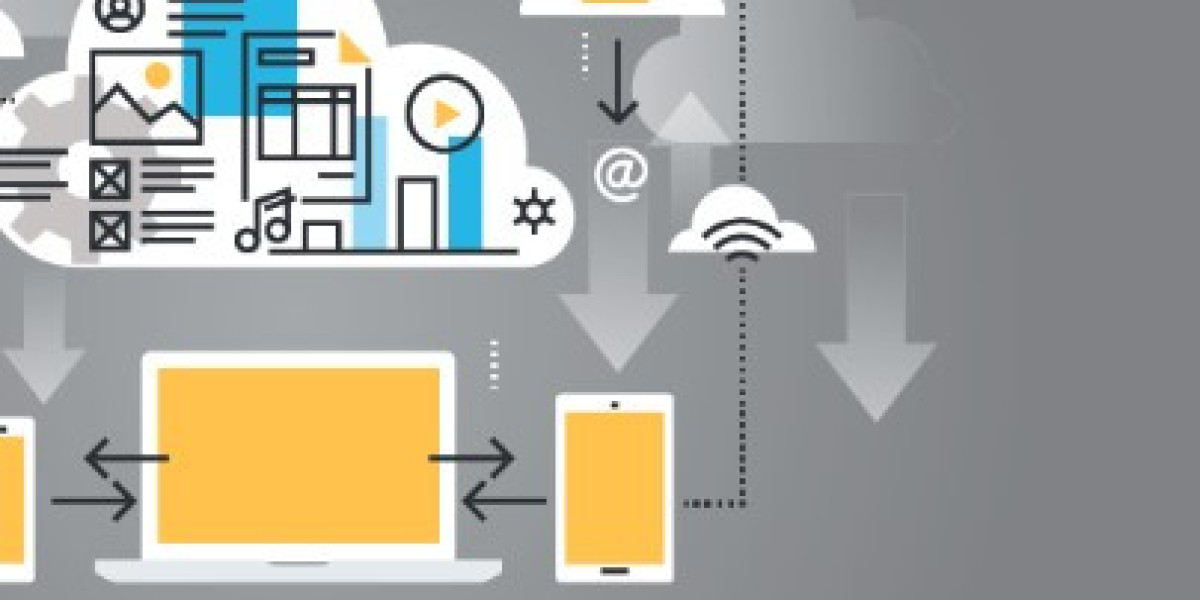Data processing in cloud architecture refers to the systematic and efficient handling of data within a cloud computing environment. Cloud architecture provides a scalable and flexible infrastructure that allows organizations to store, process, analyze, and manage vast amounts of data with ease. Apart from it by obtaining Cloud Architect Training, you can advance your career in Cloud Architect. With this course, you can demonstrate your expertise in Cloud Computing, AWS Architectural Principles, Migrating Applications on Cloud and DevOps, many more fundamental concepts, and many more.
Data processing in cloud architecture involves several key components and practices:
Data Ingestion: The process begins with data ingestion, where data from various sources is collected and brought into the cloud environment. This data can come from sources such as IoT devices, applications, databases, logs, and external data providers. Cloud-based data storage services like Amazon S3, Azure Blob Storage, or Google Cloud Storage are often used to store this incoming data.
Data Transformation: Once data is ingested, it may need to be transformed into a structured format suitable for analysis or other downstream processes. Data transformation can include tasks like cleaning, aggregating, enriching, and normalizing the data. Cloud-based data processing services like AWS Glue, Azure Data Factory, or Google Dataflow can be used to automate these transformation tasks.
Data Storage: Cloud architecture offers a variety of data storage options to meet different needs. These include relational databases, NoSQL databases, data warehouses, and data lakes. Organizations can choose the storage solution that best aligns with their data processing requirements and scalability demands.
Data Processing: Cloud platforms provide powerful data processing capabilities through services like AWS Lambda, Azure Functions, and Google Cloud Functions for serverless computing, as well as big data processing frameworks like Apache Spark, Hadoop, and Flink for large-scale data processing and analytics. These services allow organizations to perform real-time, batch, or stream processing of data based on their specific use cases.
Data Analysis: Cloud architecture supports advanced data analytics through services like AWS Redshift, Azure Synapse Analytics, or Google BigQuery. These services enable organizations to perform complex data analysis, generate insights, and build data-driven applications.
Data Visualization: Cloud platforms often include tools for data visualization and business intelligence (BI) such as AWS QuickSight, Azure Power BI, and Google Data Studio. These tools allow users to create interactive dashboards and reports to communicate insights effectively.
Whether you’re an aspiring tech enthusiast or a seasoned professional, these Top 10 trending technologies to learn in 2024 will open doors to a world of opportunities.
Data processing in cloud architecture empowers organizations to harness the full potential of their data by leveraging the scalability, flexibility, and cost-effectiveness of cloud computing. It supports a wide range of data-driven applications, from real-time analytics to machine learning, enabling businesses to make data-informed decisions and gain a competitive edge in today's data-driven world.






